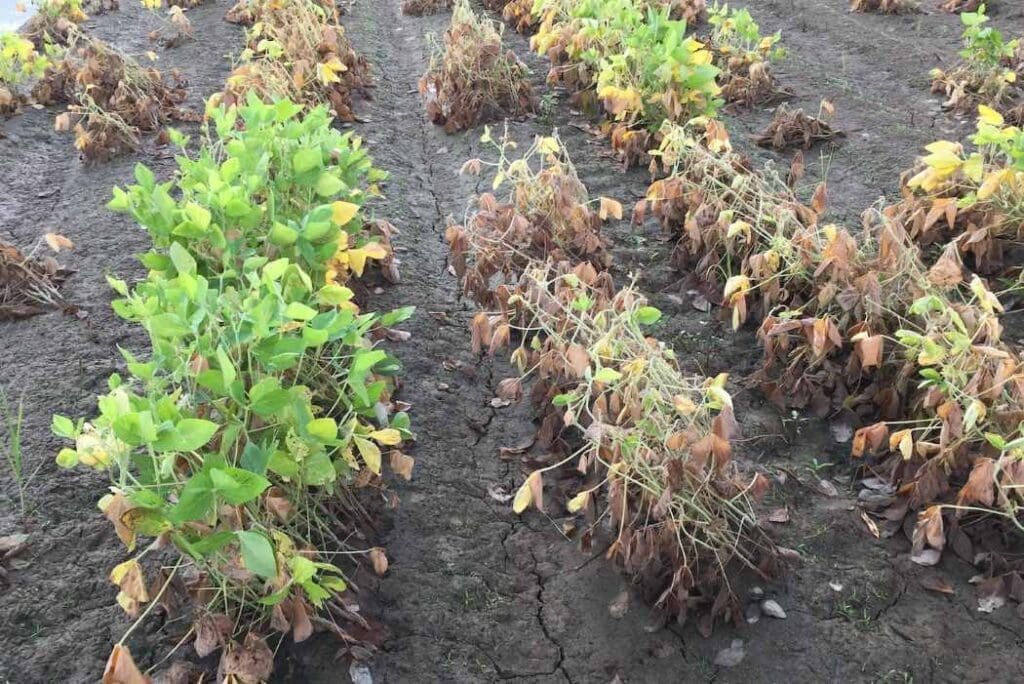Global evidence has revealed that women’s environmental quality of life is key to their overall quality of life and health, according to a study published in the open-access journal PLOS ONE by Suzanne Skevington from the University of Manchester, U.K., and colleagues.
Gender inequalities in health-related quality of life are generally few and small, even in large surveys. Yet many generic measures limit assessment to quality of life overall and its physical and psychological dimensions, while overlooking internationally important environmental, social, and spiritual quality of life.
To overcome this limitation, Skevington and colleagues collected data using four surveys of 17,608 adults living in 43 cultures worldwide. The researchers analyzed data encompassing six quality of life domains: physical, psychological, independence, social, environmental, and spiritual.
The results showed that environmental quality of life explained a substantial 46% of women’s overall quality of life and health, and home environment contributed the most to this result. In addition, women younger than 45 years reported the poorest quality of life on every domain.
After the age of 45 years, all domains except physical quality of life increased to very good, and high levels were sustained beyond 75 years of age, especially environmental quality of life.
According to the authors, environmental actions that young adults take to draw public attention to climate change may be motivated by their poorer environmental quality of life.
Very good environmental quality of life of older women may provide reason for them to work toward retaining this valued feature for future generations. This could be the topic of future research, as the data for this study was collected before it was widely appreciated that the effects of climate change and biodiversity loss would depend on changing human behavior.
In the meantime, the findings underscore the importance of assessing environmental, social, and spiritual quality of life to fully understand women’s quality of life and health. Moreover, information from this study could be used for the timely implementation of interventions to enhance the quality of life of young and older women.
The authors add: “For women, the effect of the environment, in particular, on their quality of life is substantial. This includes things like their home conditions, financial resources, and environmental health including pollution levels.”
Journal Reference:
Suzanne M. Skevington, Kara Schick-Makaroff, Christine Rowland, Anita Molzahn, and the WHOQOL Group, ‘Women’s environmental quality of life is key to their overall quality of life and health: Global evidence from the WHOQOL-100‘, PLOS ONE 19 (10): e0310445 (2024). DOI: 10.1371/journal.pone.0310445
Article Source:
Press Release/Material by PLOS
Featured image credit: Jakob Owens | Unsplash




